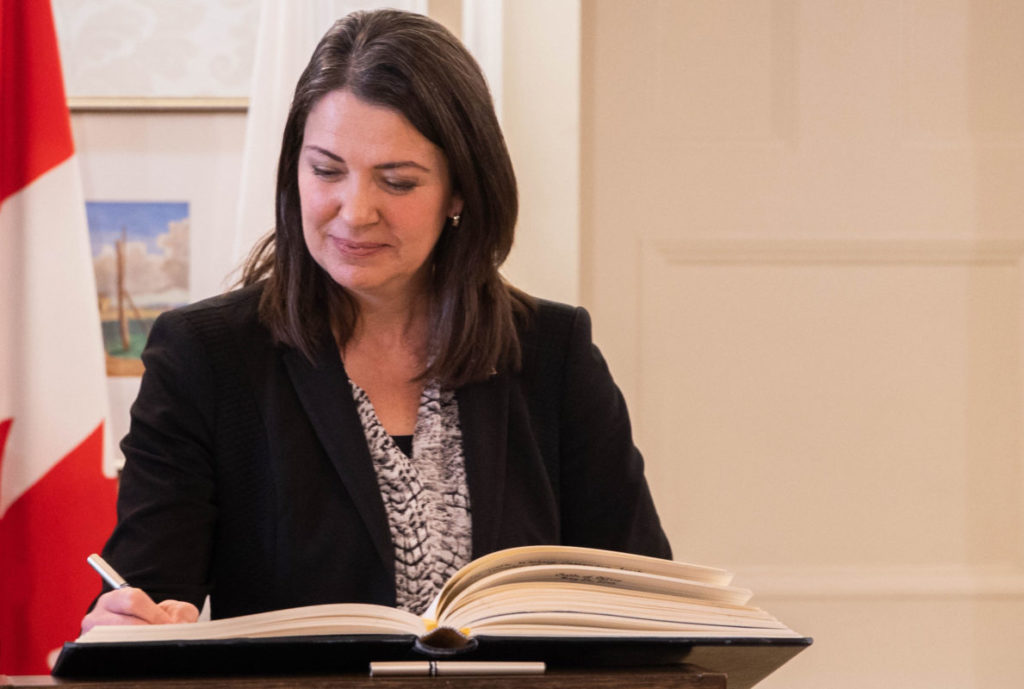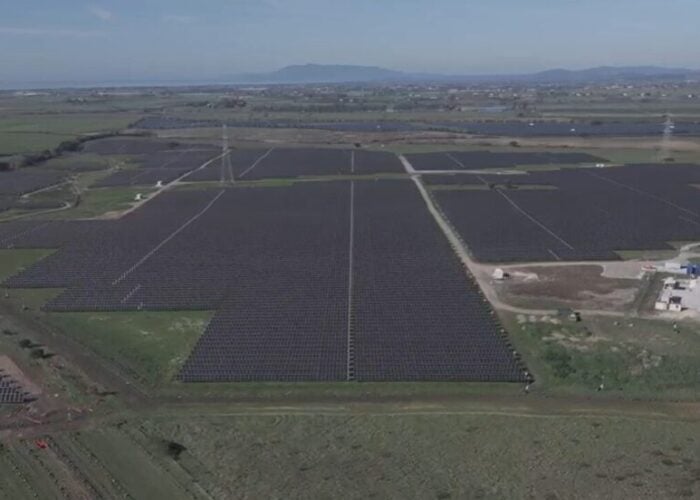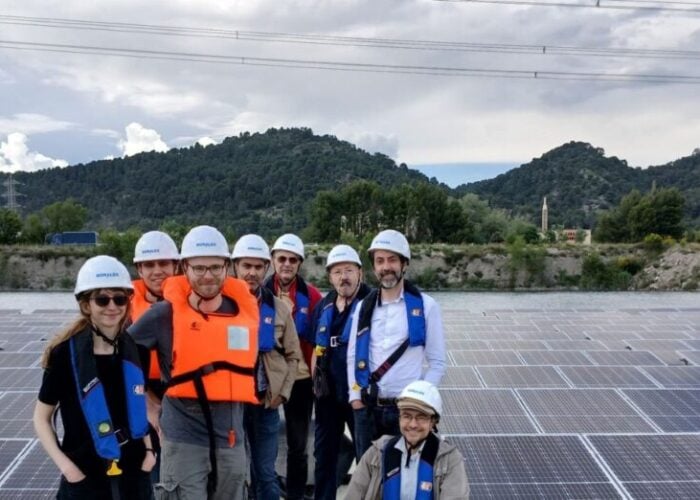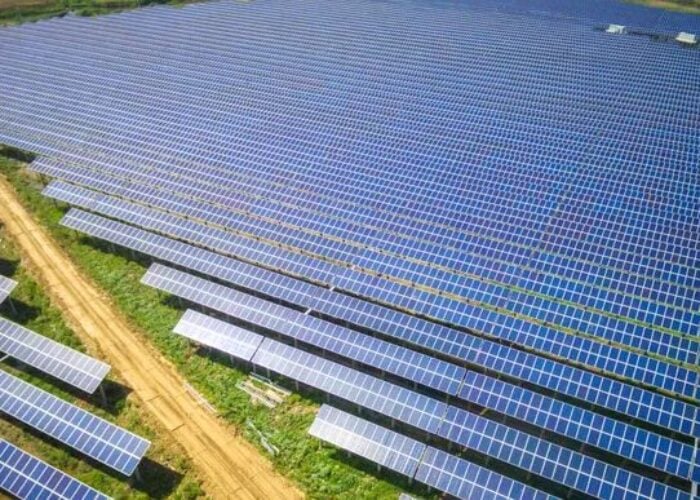
The government of Alberta has implemented a new “agriculture-first” approach to approving solar and other renewable energy projects on land in the Canadian province, which could tighten the restrictions on new clean energy facilities.
The new laws follow a seven-month pause on all new renewable power project approvals, implemented by the Alberta Utilities Commission (AUC), which conducted an enquiry into Albertans’ opinions on such new developments. During this time, assessment of the viability of 26 solar generation projects was suspended, including the assessment of the 450MW Aira solar project near the town of Bow Island, permission that developer Aira Wind Power first applied for in 2022.
Unlock unlimited access for 12 whole months of distinctive global analysis
Photovoltaics International is now included.
- Regular insight and analysis of the industry’s biggest developments
- In-depth interviews with the industry’s leading figures
- Unlimited digital access to the PV Tech Power journal catalogue
- Unlimited digital access to the Photovoltaics International journal catalogue
- Access to more than 1,000 technical papers
- Discounts on Solar Media’s portfolio of events, in-person and virtual
The Albertan government will now implement new rules on power generation project permitting, prioritising agricultural uses for land and the quality of local landscapes over maximising electricity generation from solar and wind resources.
“The AUC will take an agriculture-first approach when evaluating the best use of agricultural lands proposed for renewable development,” explained Danielle Smith, premier of Alberta. “Alberta will no longer permit renewable generation development on class one and class two lands unless the proponent can demonstrate the ability for both crops, and/or livestock, to co-exist with the renewable generation project.”
The co-location of agricultural development and solar power generation has drawn increased attention in recent years, with agrivoltaics an area of interest for developers, and Italy announcing plans to invest around US$1.8 billion into over 1GW of agrivoltaic projects. Indeed, Alberta deputy premier and minister of infrastructure Nathan Neudorf suggested that there was particular potential for rooftop solar in the province, suggesting that the future for the solar sector as a whole could remain bright.
“Absolutely, [a plan for rooftop solar] will be coming forward in the work that we do,” said Neudorf, when asked about a rooftop solar programme. “That would be captured under the umbrella statement of ‘demand side management’, which we are actively pursuing. We think there’s a huge potential for Alberta to lead the country on reducing their consumption of electricity and on the load side, we look forward to bringing forth more information in the coming days and weeks.”
Questions for the renewables sector
However, the new laws raise concerns about Alberta’s commitment to renewable power generation more broadly.
For instance, protected areas and what Smith called “pristine viewscapes” will now be surrounded by a 35km area in which new wind projects will not be allowed to be constructed due to concerns that they will impact views of the local area. Other renewable power facilities, such as solar and storage, will also be subjected to what Smith called a “visual impact assessment” as part of the permitting process, meaning that only projects with a minimal visual impact will be allowed to be built in these areas.
Neudorf also discussed new financial obligations for renewable developers, namely that they will be responsible for reclamation costs associated with land use at their projects, which could dissuade investment into new renewable power projects in the province.
“Going forward, developers will be responsible for reclamation costs via a bond or security, protecting landowners’ rights,” said Neudorf. “This bond will be provided directly to the government of Alberta or may be negotiated with the landowner if sufficient evidence is provided to the AUC.”
While Neudorf suggested that these changes do not signify a decommitment from Alberta’s plans to expand its renewable sector – for example, noting that in 2023 Alberta accounted for more than 92% of Canada’s overall growth in renewable energy generation and storage capacity – Smith acknowledged that the government would look to bring online new gas generation facilities alongside clean energy projects.
The premier noted that Alberta has 2.7GW of new natural gas capacity in its pipeline, and will need to continue this growth to meet the province’s target of doubling energy generation capacity by 2050. Smith said that Alberta will have to bring online gas and renewable power “at the same time”, and that “we have to have dispatchable reliable power in place to meet what we think will be our peak power demand”.
New transmission frameworks
Smith also discussed the province’s transmission network, which has been responsible for providing power in a rapidly-changing energy mix. According to the Alberta Electric System Operator (AESO), the percentage of coal in the province’s energy mix fell from 47% in 2018 to 17% in 2022, while the proportion of gas increased from 42% to 64% over the same period.
More recently, wind has come to account for a greater percentage of the province’s energy mix, increasing from 12% in 2022 to 36% in 2023, second only to gas, which accounted for 38%, and this rapid growth of new wind projects may have influenced the government’s decision to tighten permitting rules for wind projects in particular.
AESO figures also suggest that, between 2022 and 2023, Alberta added 13% more new generation capacity to its grid, and this rapid growth has led to calls for new frameworks for the province’s transmission grid, which Smith spoke on.
“We’re addressing the mess that the former NDP government left behind when they rushed their plans for a coal phase-out, they neglected to change the corresponding transmission policy,” said Smith. “That was irresponsible and we’ve been consulting with industry for years on how to correct it. Changes to Alberta’s transmission regulation are expected in the coming months as the engagement process continues and renewables projects should expect changes in how transmission costs are allocated.







